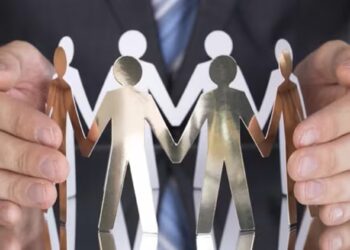New research from Challenger has confirmed that superannuation is helping drive down reliance on the Age Pension.
A position paper published by Challenger this month has pointed to the fact that superannuation has moved from merely supplementing the Age Pension to substituting it for an increasing number of retirees.
It claimed the evidence for this was already in, because at June 30, last year, only 42 per cent of over-65 cohort were getting the full Age Pension, with a further 28 per cent on a part pension.
“Put another way, more than half of today’s retirees (58 per cent) have sufficient means to reduce, or eliminate, their entitlement to government income support and growing super balances will be playing a material part in this story,” the Challenger position paper said.
It said the trend towards the need for stable retirement income was clear and went on to suggest that the current discussions around Comprehensive Income Products in Retirement (CIPRs) represented an appropriate forum to advance the debate.
“The risk of running out of money in retirement cannot be managed by most retirees on their own,” the position paper said. “This risk needs to be pooled or outsourced to a stronger balance sheet.”





Hi Roger
The increase in Age Pension recipients was between 2008 (the ASFA numbers) and 2010 due to the increase in pension rates and the reduction in the taper rate (that were recently unwound). We used the 2010 data in the report to focus on the trend.
Also, the 70.6% of income units only measures those whose principal source was the age pension. There are many retirees who receive some age pension, but it is not their primary source of income. the latest data from the ABS (for 2015-16) reports 61.8% with the government pensions as their principal source of income, while 73.4% received some support (from DSS or DVA).
The Challenger conclusions seem unduly optimistic when considered in the light of ASFA calculations published in December 2008 (https://www.superannuation.asn.au/ArticleDocuments/359/rc0901-age-pension.pdf.aspx?Embed=Y). ASFA reported that in 2007-08, 70.6% of all income units headed by a person aged over 65 relied on a government pension as their principal source of income. 42% of female pensioners and 45.5% of male pensioners were on a part rate. Allowing for the greater proportion of female pensioners, assume that around 43.5% of the 70.6% of the total population having pension as their principal source of income are part raters; ie 30.7% of the cohort were on part pension, and 39.9% on the maximum rate.
On this basis, the proportion of the cohort receiving any pension may have fallen negligibly, while the proportion on full pension has actually increased.